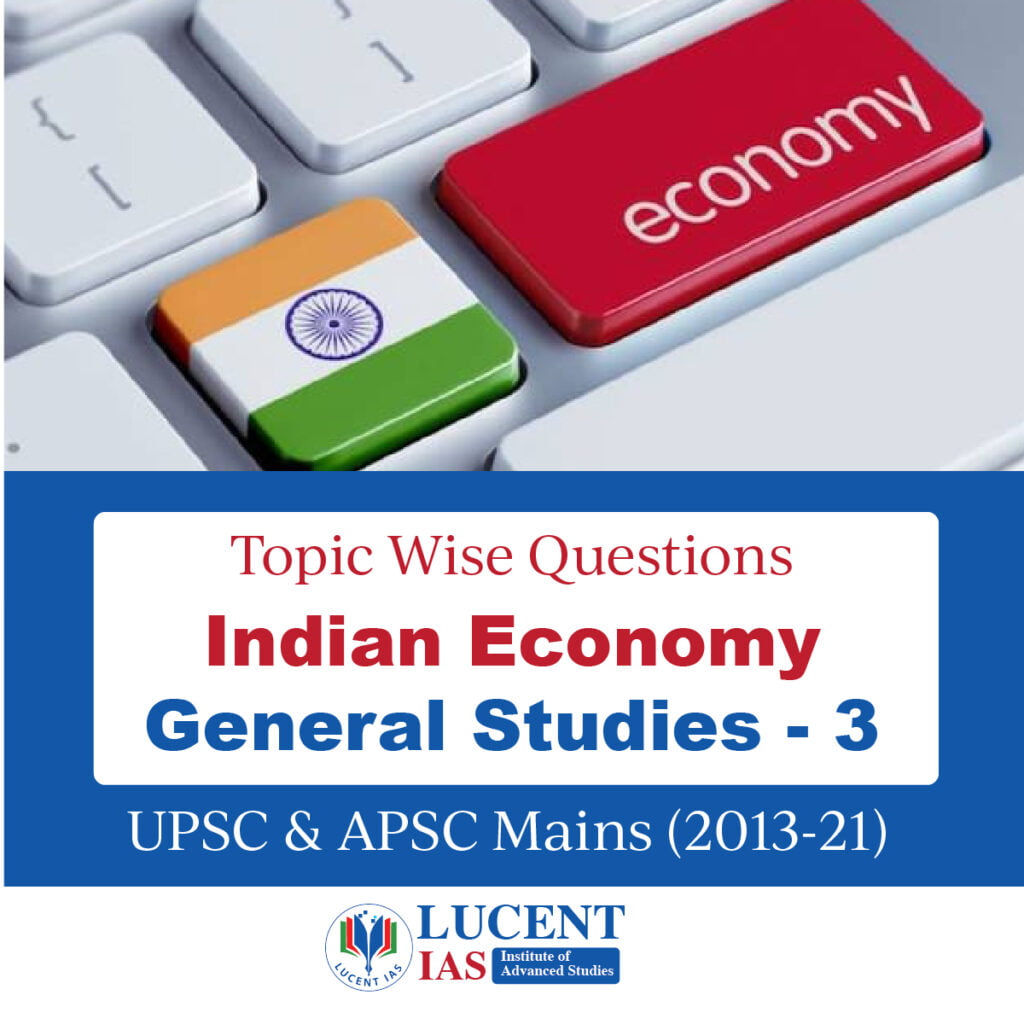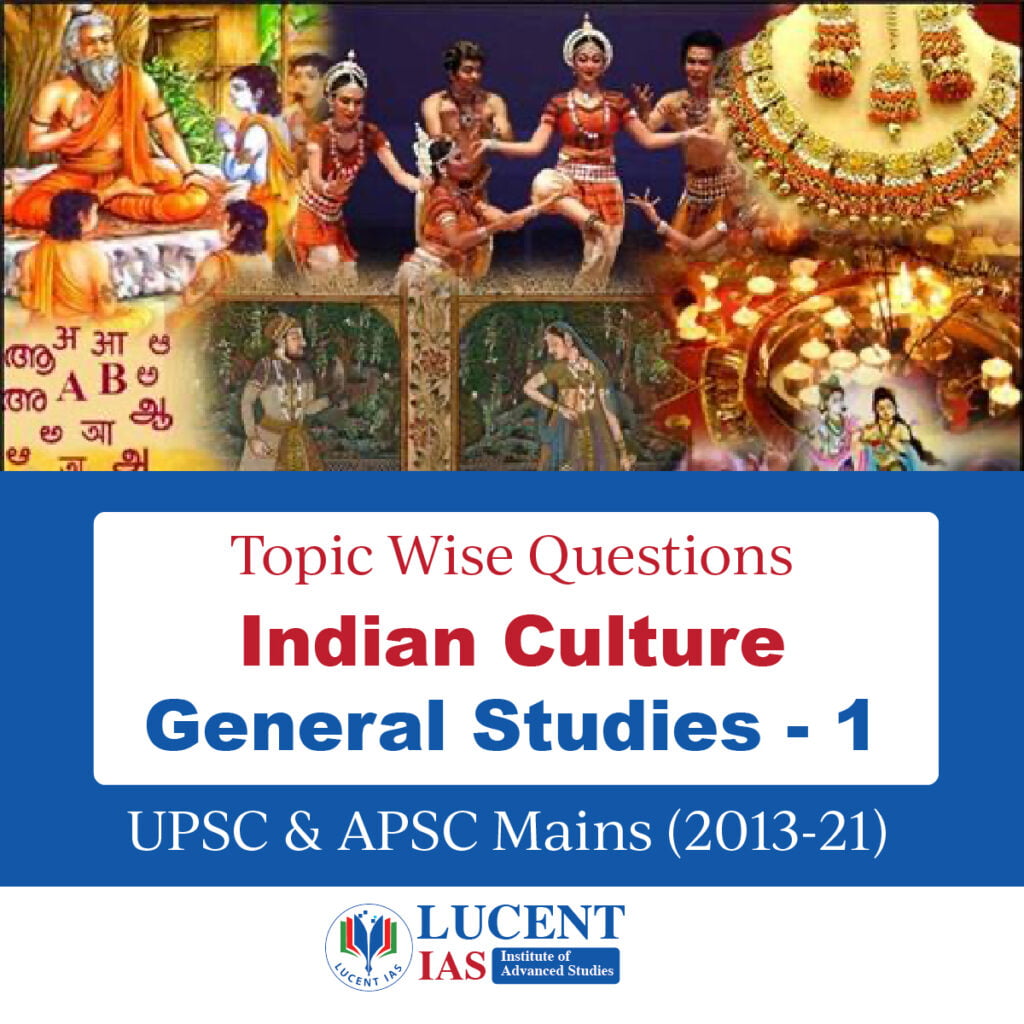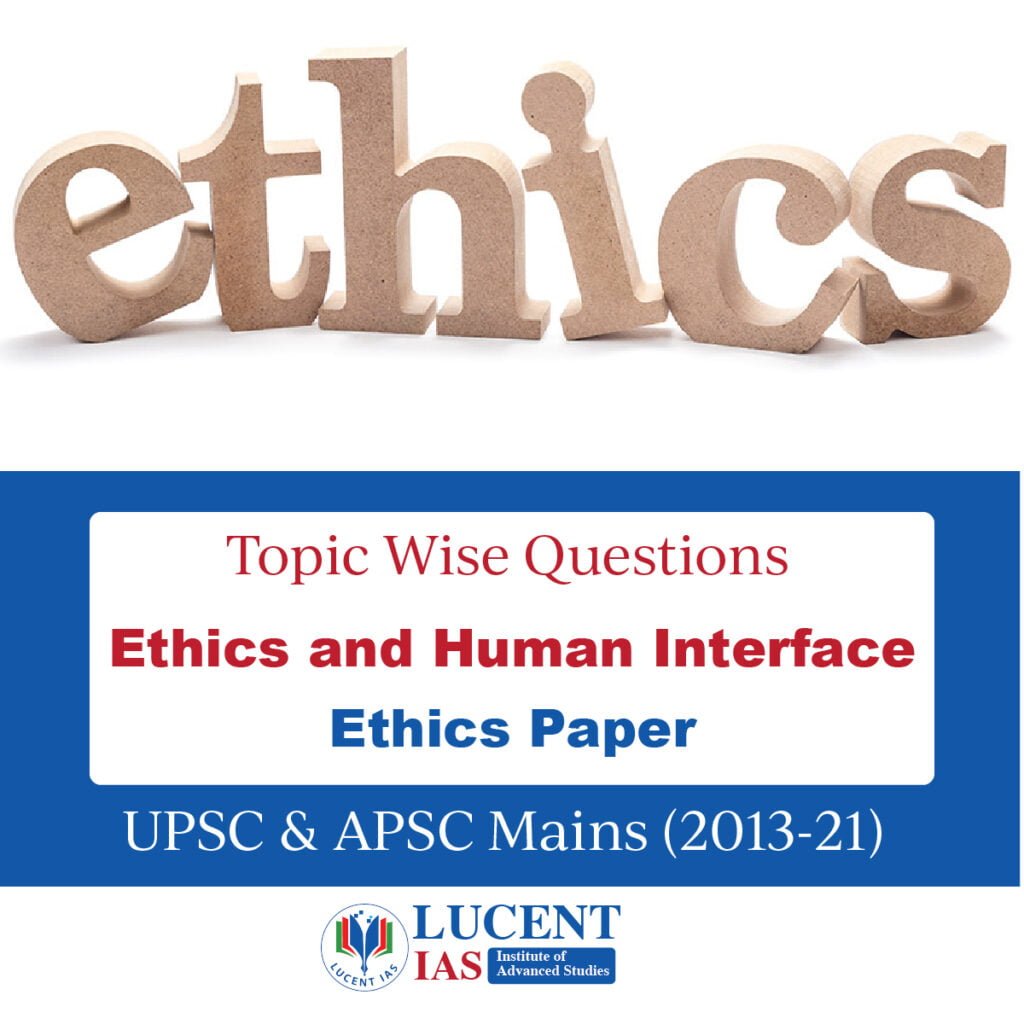Here is a compilation of questions from the topic “Indian Economy” in General Studies-3 paper that were asked in UPSC and APSC Mains examination between the year 2013 to 2021.
The following questions are from Indian Economy part that includes: Economic Planning, Mobilization of Resources, Growth, Development, Employment, Inclusive Growth and Issues.
- What is Fiscal Deficit? What is the target of fiscal deficit as per the FRBM Act? Why are there demands for having flexibility in FRBM fiscal deficit target in the recent post-COVID situation? (150 words, 4+2+4, APSC 2020-22)
- Explain the pros and cons of development of railway stations throughout joint ventures under the Public-Private Partnership (PPP) model. What may be the possible reactions of General Public? (150 Words, 5+5, APSC 2020-22)
- What is the aim of the ‘Atmanirbhar Bharat Abhiyan’ and what are the main pillars of this vision plan? (150 words, 5+5, APSC 2020-22)
- What is the Minimum Support Price (MSP) in the context of Agriculture? Explain its role in the Green Revolution. Critically examine the existing system of MSP. (250 word, 5+5+5, APSC CCE 2020-2022)
- Distinguish between FDI and FII. Discuss their relative merits and demerits as sources of external investment for a country’s economic growth. (250 words, 5+10, APSC CCE 2020-2022)
- Though Paddy is a major crop in India, it seems its production is affected either by drought or by flood. What are the possible steps to tackle these problems specially in North-East India. (250 words, 15, APSC 2020-22)
- What are the reasons for failure of several public sector enterprises in India? Explain the advantages and disadvantages of privatizing such enterprises. (250 words, 5+10, APSC CCE 2020-2022)
- What are the key elements of ‘inclusive growth’? Why is inclusive growth important in the context of sustainable development? (250 words, 5+10, APSC CCE 2020-22)
- Distinguish between Capital Budget and Revenue Budget. Explain the components of both these Budgets. (150 words, UPSC CSE 2021)
- How did land reforms in some parts of the country help to improve the socio-economic conditions of marginal and small farmers ? (Answer in 150 words, UPSC CSE 2021)
- Do you agree that the Indian economy has recently experienced V- shapes recovery? Give reasons in support of your answer. (Answer in 250 words, UPSC CSE 2021)
- “Investment in infrastructure is essential for more rapid and inclusive economic growth. ”Discuss in the light of India’s experience. (Answer in 250 words, UPSC CSE 2021)
- Explain intra-generational and inter-generational issues of equity from the perspective of inclusive growth and sustainable development. (UPSC 2020)
- Define potential GDP and explain its determinants. What are the factors that have been inhibiting India from realizing its potential GDP? (UPSC 2020)
- Explain the meaning of investment in an economy in terms of capital formation. Discuss the factors to be considered while designing a concession agreement between a public entity and a private entity. (UPSC 2020)
- Do you agree with the view that steady GDP growth and low inflation have left the Indian economy in good shape? Give reasons in support of your arguments. (UPSC 2019)
- It is argued that the strategy of inclusive growth is intended to meet the objectives of inclusiveness and sustainability together. Comment on this statement. (UPSC 2019)
- How are the principles followed by the NITI Aayog different from those followed by the erstwhile Planning Commission in India? (UPSC 2018)
- Among several factors for India’s potential growth, savings rate is the most effective one. Do you agree? What are the other factors available for growth potential? (UPSC 2017)
- Account for the failure of manufacturing sector in achieving the goal of labour-intensive exports rather than capital-intensive exports. Suggest measures for more labour-intensive rather than capital-intensive exports. (UPSC 2017)
- What are the salient features of ‘inclusive growth’? Has India been experiencing such a growth process? Analyze and suggest measures for inclusive growth. (UPSC 2017)
- Pradhan Mantri Jan-Dhan Yojana (PMJDY) is necessary for bringing unbanked to the institutional finance fold. Do you agree with this for financial inclusion of the poorer section of the Indian society? Give arguments to justify your opinion. (UPSC 2016)
- Comment on the challenges for inclusive growth which include careless and useless manpower in the Indian context. Suggest measures to be taken for facing these challenges. (UPSC 2016)
- The nature of economic growth in India in described as jobless growth. Do you agree with this view? Give arguments in favour of your answer. (UPSC 2015)
- Craze for gold in Indians have led to a surge in import of gold in recent years and put pressure on balance of payments and external value of rupee. In view of this, examine the merits of Gold Monetization Scheme. (UPSC 2015)
- Capitalism has guided the world economy to unprecedented prosperity. However, it often encourages shortsightedness and contributes to wide disparities between the rich and the poor. In this light, would it be correct to believe and adopt capitalism driving inclusive growth in India? Discuss. (UPSC 2014)
- With a consideration towards the strategy of inclusive growth, the new companies bill, 2013 has indirectly made CSR a mandatory obligation. Discuss the challenges expected in its implementation in right earnest. Also discuss other provisions in the bill and their implications. (UPSC 2013)
- “Success of ‘Make in India’ programme depends on the success of ‘Skill India’ programme and radical labour reforms.” Discuss with logical arguments. (UPSC 2015)
- While we found India’s demographic dividend, we ignore the dropping rates of employability. What are we missing while doing so? Where will the jobs that India desperately needs come from? Explain. (UPSC 2014)
(Compiled by Lucent IAS)
About Lucent IAS:
Lucent IAS is a leading Civil Service Coaching Institutions in Assam. Located in Guwahati, this institution provides best-in-class learning experience and top-class study materials to Civil Service Aspirants targeting UPSC and APSC exams in the Northeast India Region.
To know more, visit our website: www.lucentias.com
Lucent IAS Office Address: Baruah Mansion,First floor, near Apex Bank, Opposite CPWD office, Bamunimaidam, Guwahati, Assam 781021
Mobile/WhatsApp: +91 70990 06849
Follow us on:
Call/WhatsApp: +91 70990 06849




Comments are closed.